For every enterprise organization, perfect network performance is the holy grail. In an ideal world, all your network devices would function as they should, network traffic would be bottleneck-free and all network components including operating systems, hardware and software would tick along trouble-free 24/7.
But the truth is, today's communication and collaboration networks are complex environments. With remote and hybrid working models a part of every day working life, scattered locations, multiple devices and disparate wireless networks, sub-par network performance is an unfortunate part of working life for every enterprise organization.
The question is...can network failures be prevented? They absolutely can, with a comprehensive network monitoring solution like IR Collaborate.
Without a network monitoring utility, you won't have access to performance metrics, and you'll have no way of seeing into your UC environment. That's why choosing the right network monitoring software is crucial to ensure the stability, peak performance, and security of your network infrastructure.
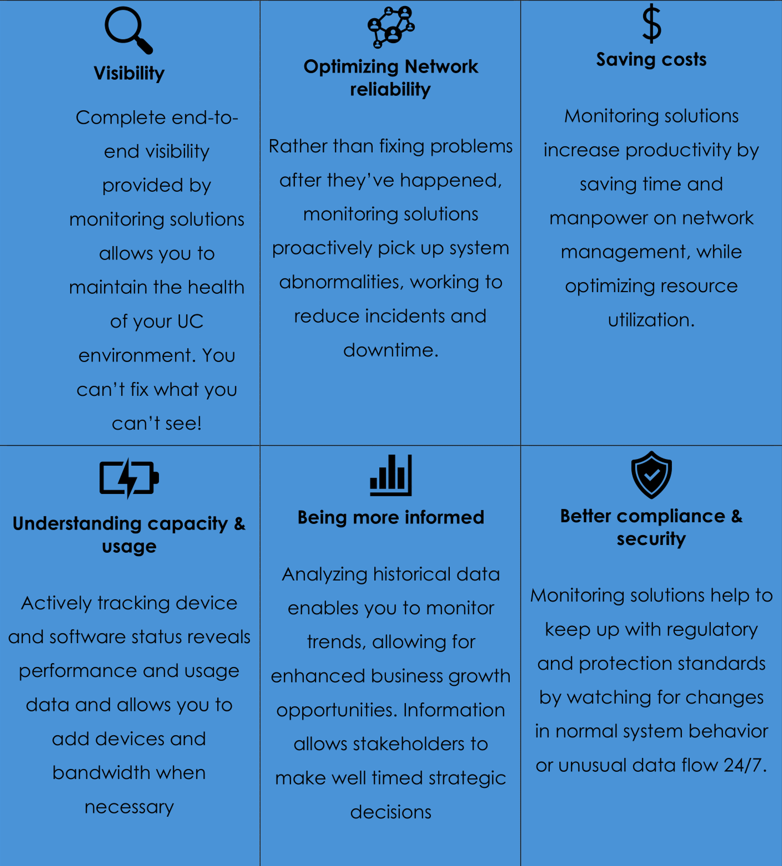
What is network performance monitoring software?
The right network performance monitor will oversee and manage the performance of your entire network infrastructure, providing an essential safety net that can proactively detect anomalies, and even prevent recurring problems.
Whether your UC & C systems are on-premises, hybrid or in the cloud, a network monitoring tool will monitor the performance of your VoIP calls, video conferencing tools, network traffic as well as traffic patterns, devices and applications.
Monitoring tools provide visibility into various aspects of network behavior, and this gives network administrators the ability to identify and troubleshoot performance issues quickly and efficiently.
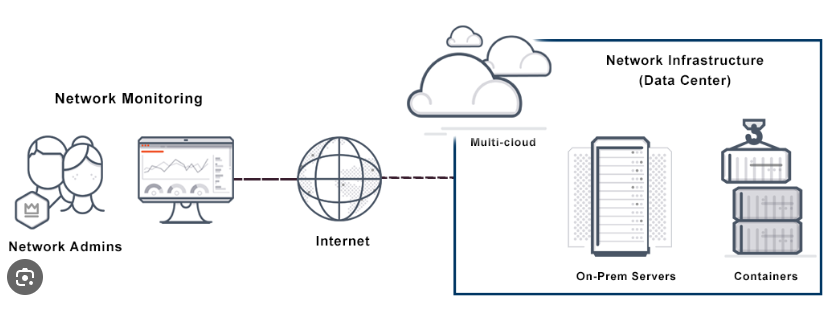
Image source: AVI Networks
Find out more about how IR Collaborate can help increase network uptime
Why do you need network monitoring?
High-end network monitoring solutions like IR Collaborate are essential to keep track of the overall health, performance, security and functionality of your network devices. Here are the 9 most important reasons to have infrastructure monitoring solutions as part of your UC & C strategy.
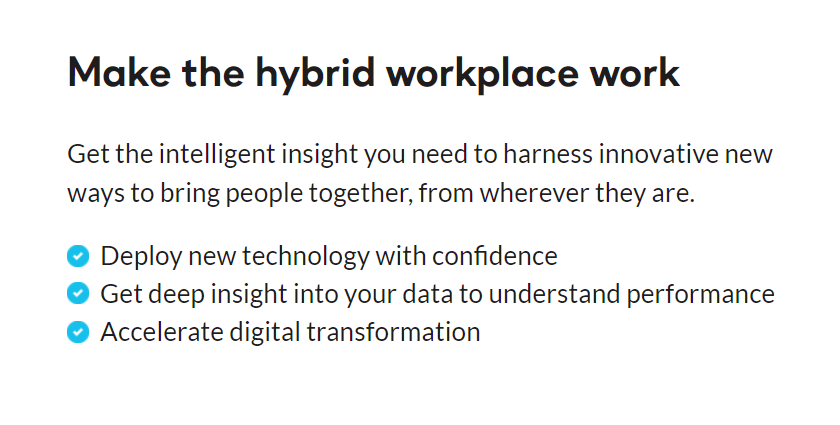
Performance optimization
A network performance monitoring tool allows administrators to track key metrics such as bandwidth utilization, latency, jitter and packet loss.

By analyzing this data, they can do a traffic analysis and identify bottlenecks, optimize resource allocation, and ensure that the network operates at full efficiency.
Proactive issue detection
The best network monitoring tools generate alerts and notifications when the network exceeds predefined thresholds, or when anomalies in network behavior are detected.
This proactive approach helps administrators identify and address potential issues before they impact users or result in downtime, which can translate to lost revenue very quickly.
Troubleshooting and diagnostics
When network issues arise, monitoring tools provide valuable network insights that can identify root causes. Administrators can use real-time as well as historical data to diagnose problems, identify patterns, and implement preventative solutions more quickly.
Capacity planning
An important part of network management is having access to historical data on network usage. This gives network administrators the tools they need to plan for future capacity needs, in other words, scaling the network to accommodate business growth.
Security monitoring
Security is a major priority for any network, particularly for enterprises who operate in cloud environments. Network management tools help to detect and alert on unusual network behavior, potential security threats, or unauthorized access.
Quality of Service (QoS) management
QoS is critical because it classifies and marks data packets based on their service type to determine which packets need priority over bandwidth within a network.
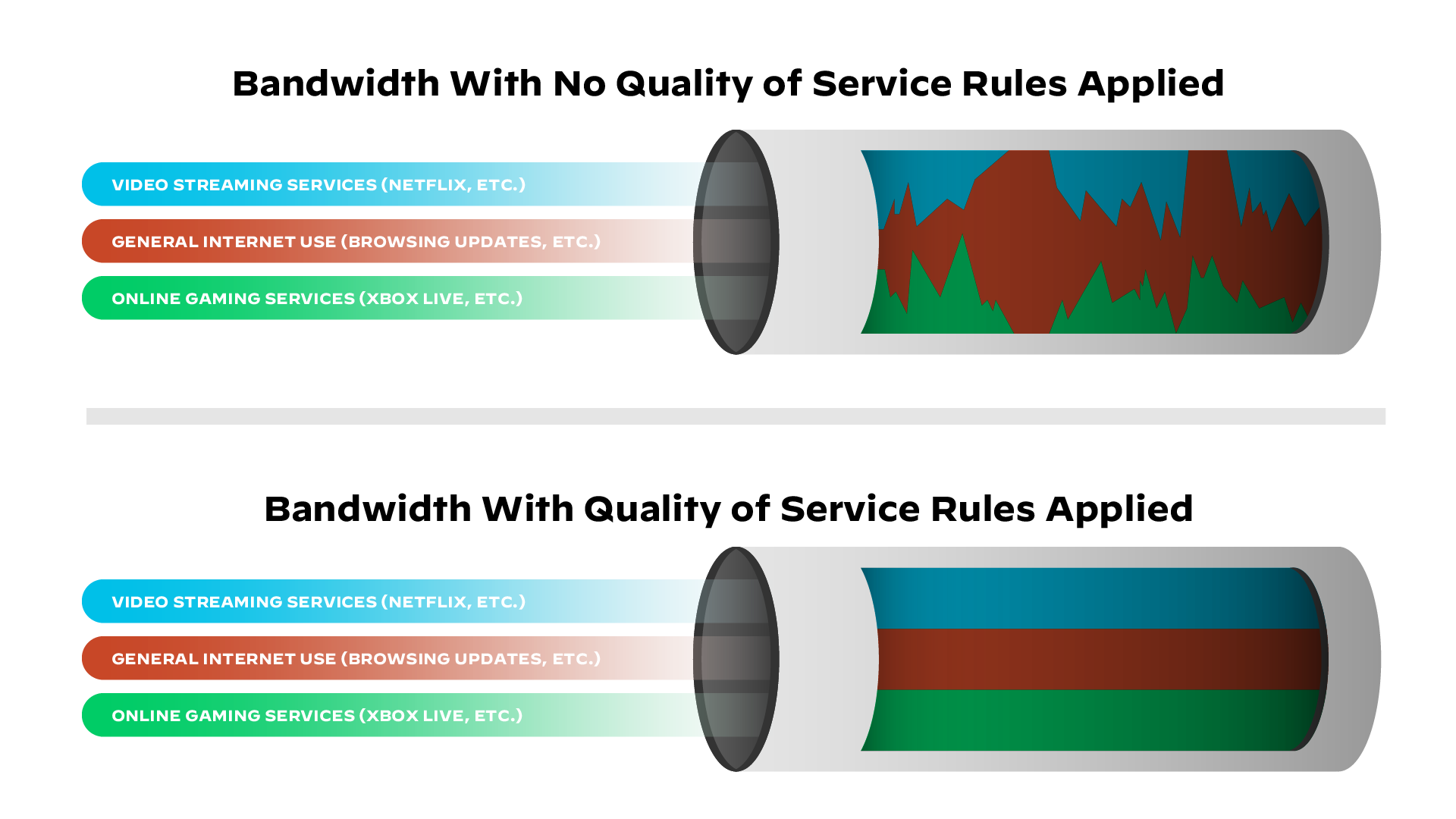
Image source: Paloalto networks
Network monitoring tools help administrators enforce QoS policies, prioritize traffic, and ensure a positive user experience.
Improvement of user experience (UX)
A good user experience is vital in any unified communications and collaboration environment. By monitoring end-to-end performance and user experience metrics, administrators can pinpoint areas for improvement.
This could include optimizing network configurations, upgrading hardware, or dealing with issues affecting specific users.
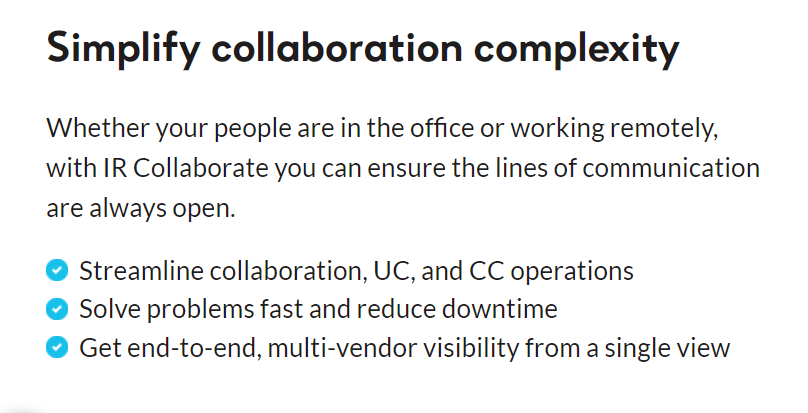
Compliance and reporting
Network compliance management is important to avoid the potentially hefty penalties imposed by regulators or governments due to infringement of various industry standards and regulations. Additionally, out-of-compliance or poorly configured devices can lead to network slowdowns or failures which can decrease employee productivity, customer trust, and business revenue.
A network monitoring tool can generate reports and maintain compliance with industry standards and regulations.
Cost optimization
Monitoring your network services can contribute to cost savings by preventing downtime, and reducing the need for emergency troubleshooting.
IT downtime drains revenue and weakens customer loyalty and trust, so with the right network monitoring service, you can boost network availability and overall network health.
How do network monitoring tools work?
Network monitoring solutions continuously collect and analyze a computer network's data using a combination of protocols, sensors, and agents to gather information about the performance, health, and security of every network device and application. For example:
Data collection
SNMP (Simple Network Management Protocol): Many networks have SNMP enabled devices, allowing monitoring tools to collect information about device health, performance, and configuration.
Flow-based data: Tools may use flow technologies like NetFlow or sFlow to collect information about the flow of traffic between devices.
Packet analysis: Some tools can capture and analyze network packets, providing detailed insights into individual data packets and helping diagnose complex issues.
Alerting and notifications
Monitoring solutions are configured with predefined thresholds to log various metrics. When these thresholds are exceeded or anomalies are detected, the tools generate alerts or notifications to alert administrators of potential issues.
Generic vs Specialized tools
There are many different types of open source and free network monitoring software solutions available, such as the PRTG network monitor, Solarwinds network performance monitor, Atera, New Relic and more, however you need to assess your network requirements and the level of performance management you need.
Consider the complexity, size and nature of your network. If it's a standard enterprise network, a generic tool might work, at least in the short term. For most large enterprise organizations and certain industries, a specialized tool is far safer.
How IR can help
Generic, or general-purpose solutions, including the PRTG network monitoring tool will fulfill the needs of some organizations, but specialized (domain-centric) tools with advanced features, like IR Collaborate can give you unparalleled network security, network traffic monitoring and comprehensive performance insights throughout your entire network.
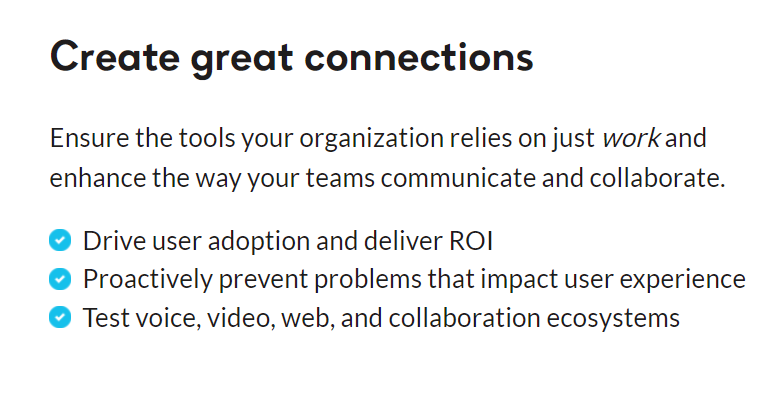
Device monitoring and application performance monitoring, especially in a hybrid working environment requires specialized solutions that can be tailored to your particular network.
IR Collaborate offers comprehensive, multi-tenant and multi-vendor support, real time insights and customizable displays, providing end to end visibility across all UC ecosystems. Here are some more ways that IR can help you simplify the complexity of your UC & C network.
Delivering on SLAs
Organizations can ensure customer satisfaction and deliver on SLAs throughout their network operations, with real-time alerts and rapid troubleshooting, meaning faster, more efficient problem resolution and higher uptime, with the reporting and evidence to back it up.
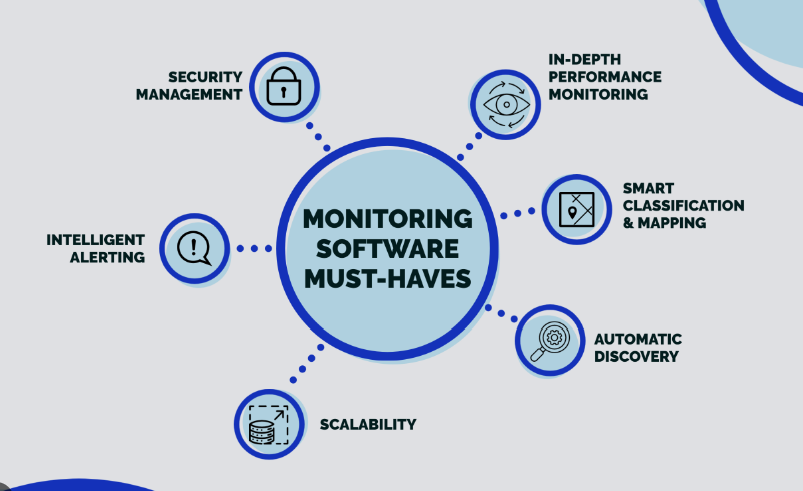
Dashboards and reporting
With user-friendly, customized dashboards that displays key performance indicators, real-time metrics, and historical data, these features allow administrators to generate detailed reports for analysis and planning.
User Experience monitoring
The power to monitor the end-user experience, providing insights into application responsiveness, website loading times, and other factors affecting user satisfaction.
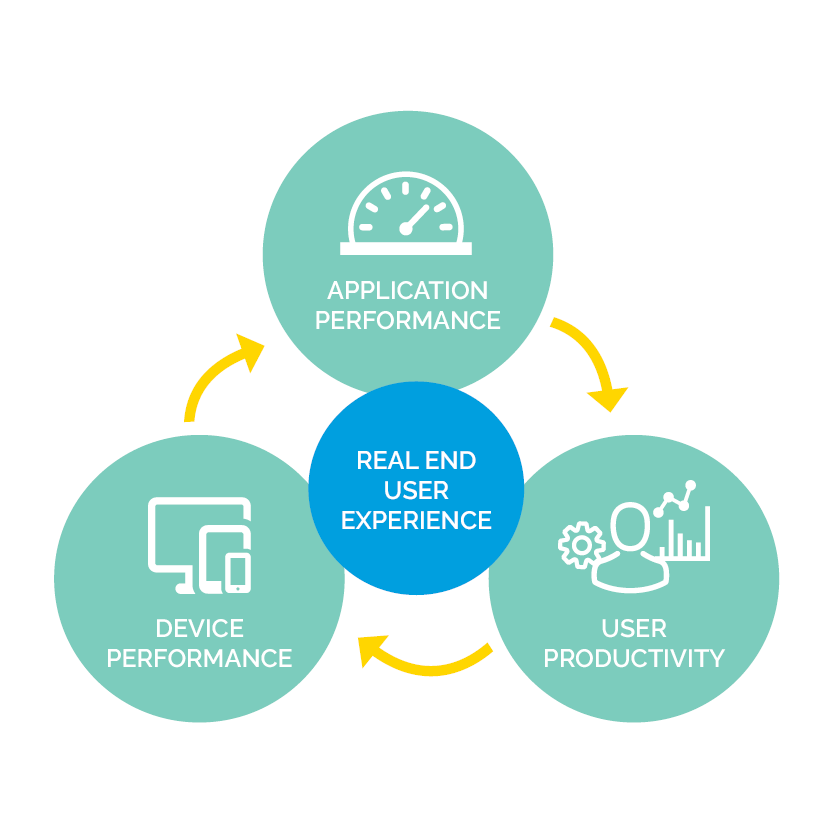
Historical data storage and reporting
The storage of historical data, allows administrators to analyze trends over time. This data is valuable for capacity planning, troubleshooting recurring issues, and assessing the impact of changes to the network.
Real-Time monitoring
IR Collaborate continuously monitors network activity in real-time, collecting and updating data at regular short intervals, allowing administrators to identify performance issues or security threats as they happen.
Multi-vendor support
IR Collaborate caters to diverse customer needs, providing efficient coverage with support for Microsoft, Cisco, Zoom, Avaya and others, integration with ServiceNow, as well as insight across networks, SBCs, and endpoints.






